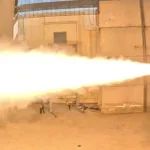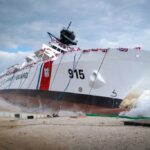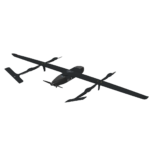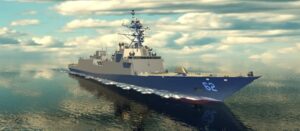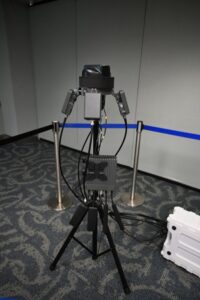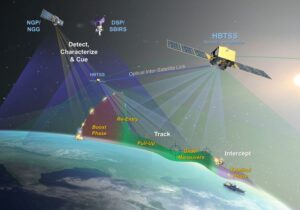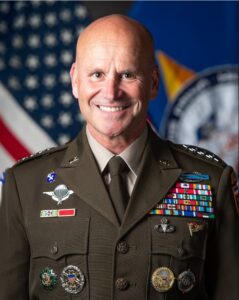
One of the salient lessons stemming from the ongoing Russo-Ukrainian War for NATO and the U.S. in any potential conflict with a near-peer adversary is to win quickly or be prepared to support a long fight, the top U.S. general in Europe said last Friday. Winning early requires a combination capabilities, capacity, and readiness, Army Gen. Christpher Cavoli said at an event hosted by the Atlantic Council. “So, I think the first lesson is you either win upfront, fast and…

 By
By 